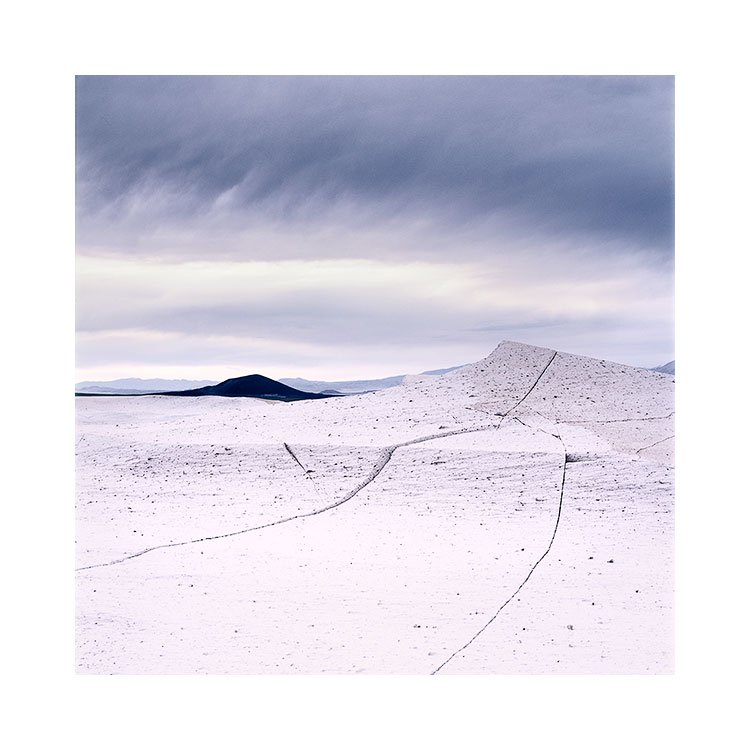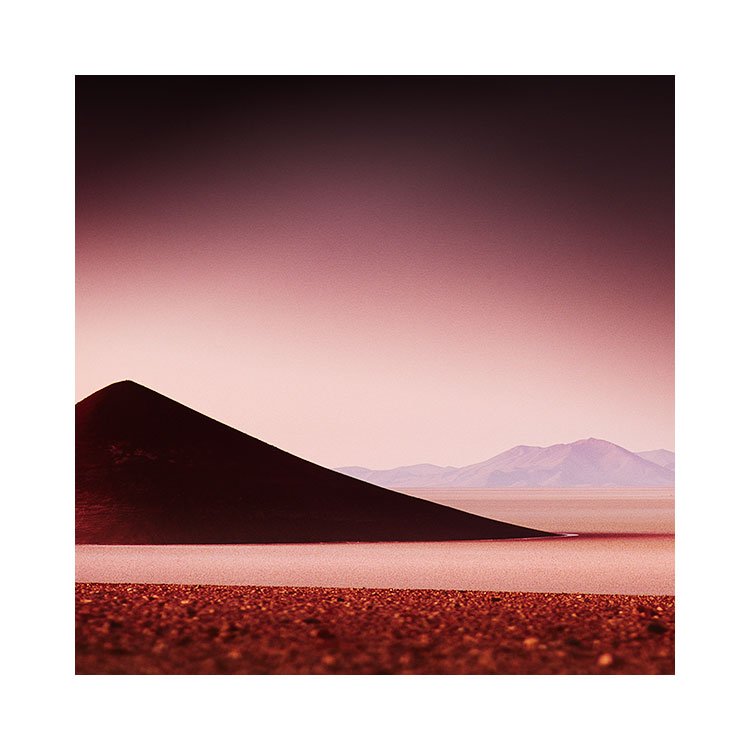In my view, most folks suck at giving feedback. Even the so called experts.
But most folks also suck at receiving feedback, and don’t know how to deal with any kind of feedback at all. We’re all under-qualified. We either take it all too much to heart, or haven’t developed the skills with which to be discerning enough - to separate the valuable stuff from the noise.
So it’s my contention that rather than looking for feedback, we need to learn to listen to our inner selves. To learn to trust our own instincts and hunches about what we’re doing.
So here’s my take on learning to trust oneself:
1. Most feedback should be treated as frivolous, no matter who it’s from, unless it hits you in some way. Valuable feedback is the stuff that brings inner clarity, where you reach your own conclusions. Otherwise it’s just not for you. It’s hard sometimes to figure out if feedback is noise or of value, until you learn to trust yourself and know inside what is true when you hear it.
2. Valuable feedback often happens when least expected. This means we have to become critical listeners and critical thinkers to everything we hear around us. Feedback can come at us in many shapes and forms, and from anywhere at anytime. It’s up to us to know when to tune in, and also to know when to tune out.
3. We have to choose wisely what to agree with and what to discard. I’ve heard so much crap over the years. Like the saying goes ‘opinions are like assholes - everyone has one’. If it’s useful feedback - it tends to resonate with you in some way. A light bulb moment. An epiphany. A realisation. A crystallisation. An observation that you realise to be true. Otherwise, it’s noise and best forgotten.
4. Learning to trust one’s own inner voice is key, and is the skill that we need to develop more than relying on other’s feedback. Like Apple said (and I paraphrase here, as I cannot remember the source of this):
‘if we’d designed the iPhone based on customer requests,
it would have had a physical keyboard attached to it’.
More specifically :
‘customers don’t know what they want until you show it to them’.
If most folks don’t know what they want themselves, then how can they give you a constructive review about what you want?
5. Anyone giving you feedback is doing it from their own history / experience. Take that into consideration when figuring out how much of what they’re saying applies to you. If you love their work, and wish to emulate parts of it, then they’re probably a great fit for feedback. If I wanted to get feedback on long exposure work, I would look for someone I like the long exposure work from.
If you’re doing something outwith their experience, then their feedback may not be be as relevant or valuable as you hoped it might. Or on the contrary, it might be so lateral that it results in you having an epiphany. You need to apply critical thinking to any feedback you get. Work into the mix where it’s coming from, and any factors that you think might influence the opinion you are hearing.
In Summary
I believe that folks hold too much value in what others think, and haven't developed the correct skills to filter and interpret / use what they are hearing.
Additionally, most opinions and feedback are poorly formed. So it’s up to yourself to apply some critical thinking, and to be more discerning as to what you choose to take on board. That means learning to trust one’s own instinct or inner voice.
Feedback is only valuable, if you’re able to recognise that it’s valuable.
In my view, spending time developing one’s own awareness and use of critical thinking, is more valuable than someone else’s feedback. Because the most valuable skill one can possess, is to know oneself.
If creating art does one thing well, it allows us the opportunity to explore ourselves, and to learn to trust our inner voice. If you can learn to listen to yourself more, then someone else’s feedback is, at best, a supplement to what you already know to be true.























